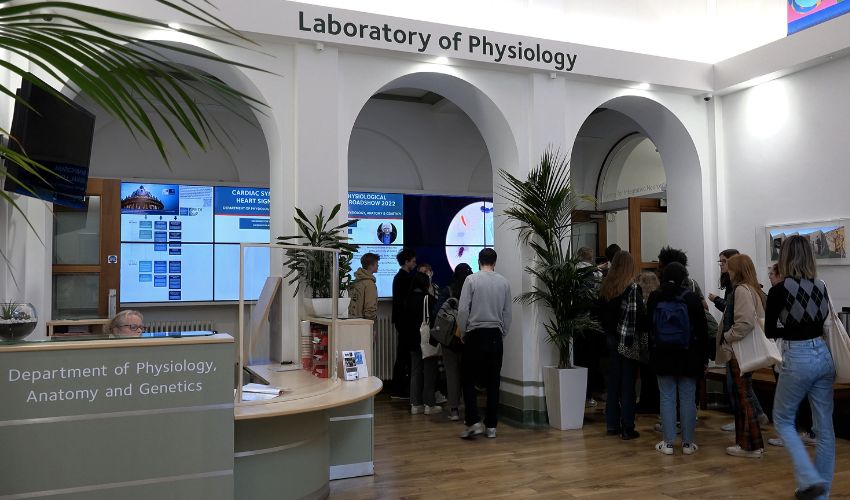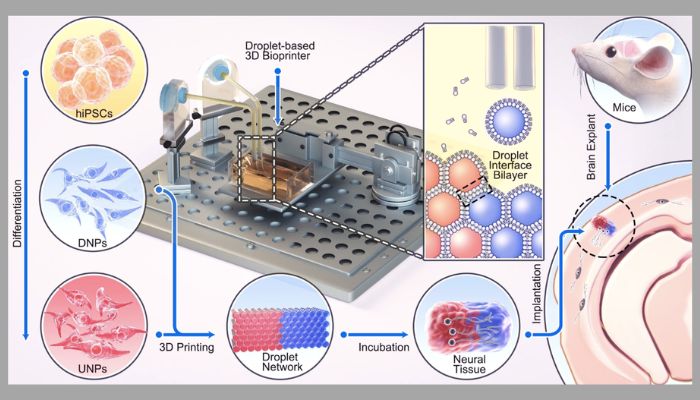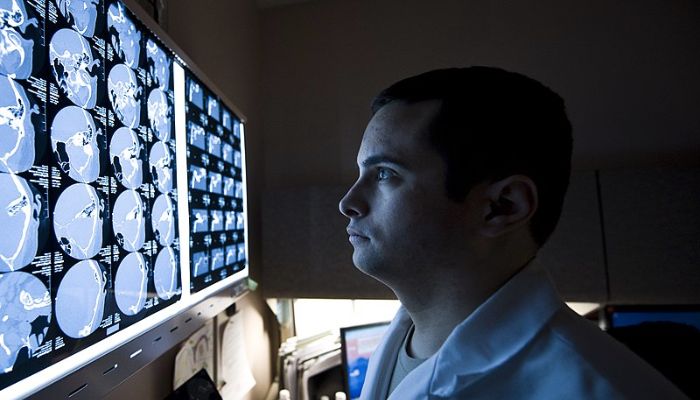3D Bioprinting Opens Doors for Brain Injury Treatment

Head trauma is a dangerous and unfortunately common accident of life, with an estimated 70 million people worldwide suffering from some form of traumatic brain injury each year. These can often be debilitating or terminal injuries, which have previously been extremely limited in the scope of treatment. However, researchers from Oxford University have released the paper of their most recent research project where, through the use of 3D printing, they were able to fabricate brain tissue which appeared to successfully integrate with the host brain tissue in lab tests. This study illustrates the potential that 3D bioprinting could provide in the treatment of brain injuries.
Hot on the heels of a similar breakthrough in 3D printed nerve cells from Monash University, the Oxford study has a long history of bioprinting research behind it, and has presented an extra facet to the study of 3D printing tissue replacements. Through the use of neural stem cells, the bioprinted tissue was able to replicate the biological architecture of a cerebral cortex. The task of consistently and effectively mimicking the desired tissue or organ has been a concern for researchers in the past, but this study shows more clearly that though the use of these guiding components, such as neural stem cells which can be derived from the patient themselves, the 3D printed brain tissue may be more cooperative and accept integration within the body with greater ease.

Diagram of the 3D bioprinter and the materials that make up the bioink (Image credits: Jin et al. / University of Oxford
Currently, the process is done via ‘droplet printing’ which is not all too dissimilar to other additive manufacturing processes that utilize an inkjet printhead such as material jetting. The materials, including the human induced pluripotent stem cells (hiPSCs) were combined into two bioinks which were used to create the dual layers that closely resembled a cerebral cortex and were able to hold its form for an extended period of time, even in storage.
The senior authors of the research paper, including those from the Department of Chemistry and the Department of Physiology, Anatomy and Genetics voiced their own opinions after the conclusion of the study, such as Professor Zoltán Molnár who said, “Human brain development is a delicate and elaborate process with a complex choreography. It would be naïve to think that we can recreate the entire cellular progression in the laboratory. Nonetheless, our 3D printing project demonstrates substantial progress in controlling the fates and arrangements of human iPSCs to form the basic functional units of the cerebral cortex.”
After the team’s initial success, they plan to continue to refine the printing process from their current design, adding more layers and complexity that more accurately reflect the human brain. In addition to treating brain injuries, potential avenues for their research have also included drug testing, brain development testing and further research into our understanding of cognition. For more on this research development, the research paper is available HERE.

Bioprinting may prove to be a revolutionary way to treat brain injuries (Photo credits: USAF)
What do you think of the potential medical uses of 3D printed brain tissue? Let us know in a comment below or on our LinkedIn, Facebook, and Twitter pages! Don’t forget to sign up for our free weekly Newsletter here, the latest 3D printing news straight to your inbox! You can also find all our videos on our YouTube channel.
*Cover Photo Credits: University of Oxford






